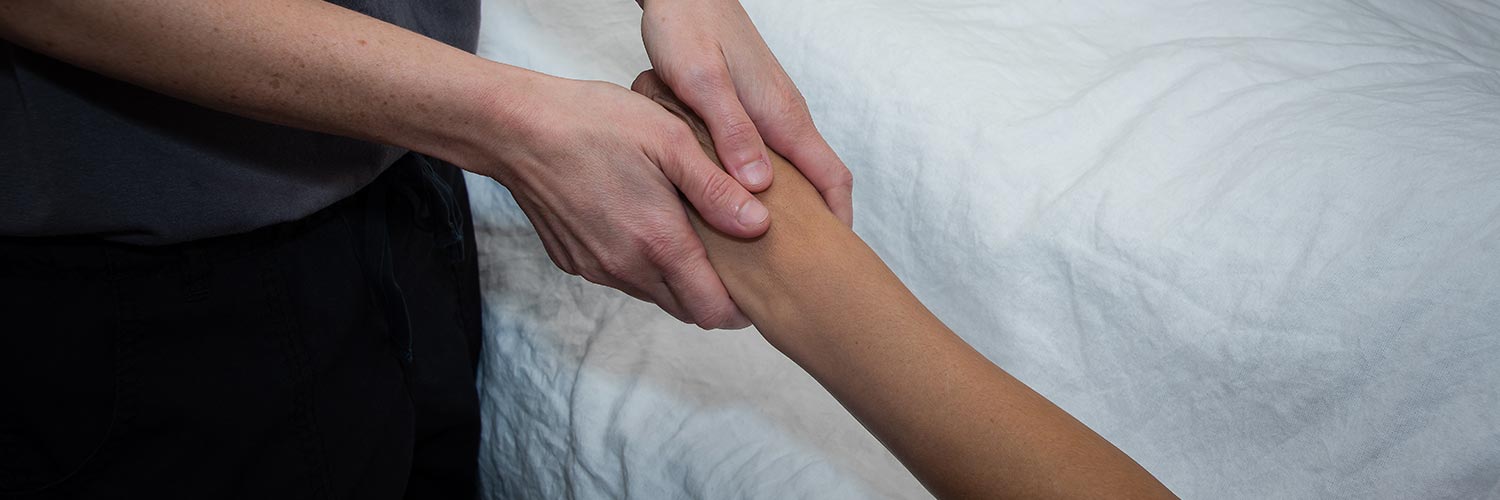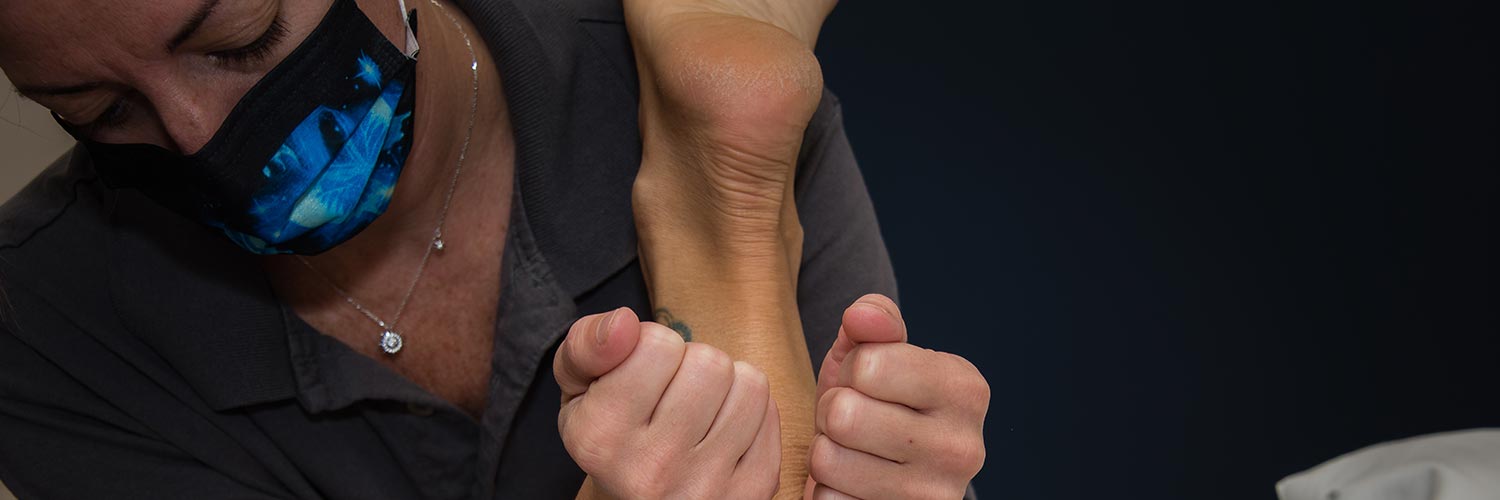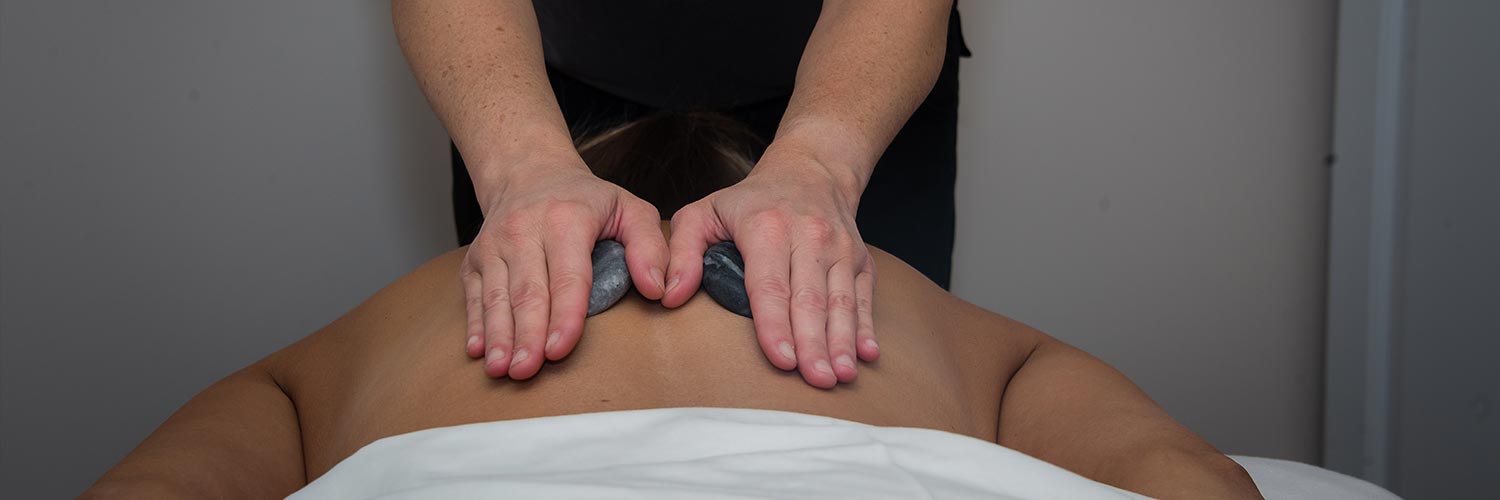Swedish massage is a gentle type of full-body massage. It can help release muscle knots but is also useful if you want to fully relax during a massage. The therapist employs a series of long gliding strokes, kneading of the muscles, and vibrational taps – this style is what many people visualize when they think of a “traditional” massage.
Swedish massage is ideal for clients who:
- Are new to massage
- Feel a lot of tension
- Are sensitive to touch
Characterized by its firm, calming pressure, Swedish massage improves blood flow, eases muscle tension, and improves flexibility. Applying strokes in the direction of the heart encourages the body to disperse lactic acid and other waste that has built up in the body, making way for a fresh supply of blood and oxygen and promoting muscle health.
The therapist will typically use massage oils to reduce friction and facilitate the long, smooth, deep strokes necessary to relax muscles and enhance blood circulation. Essential oils may also be used, if the client wishes, to tap into the client’s olfactory senses (sense of smell).






